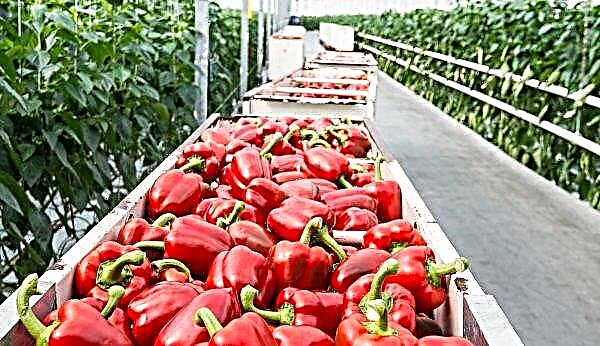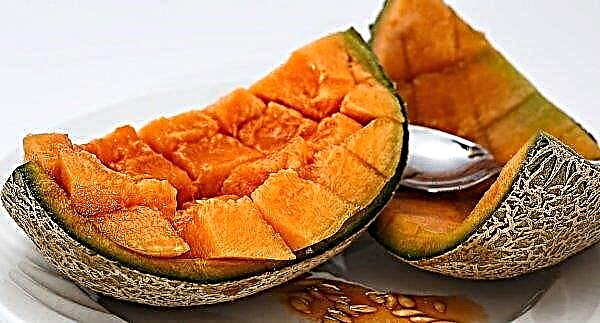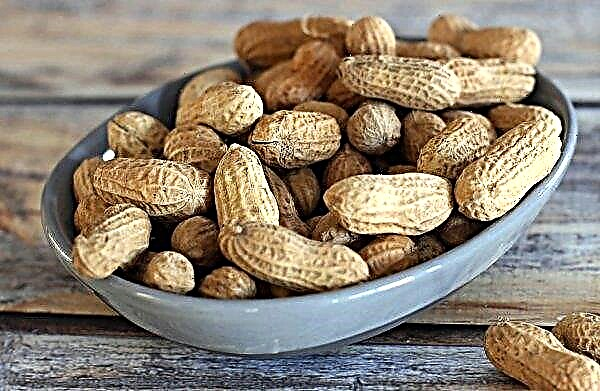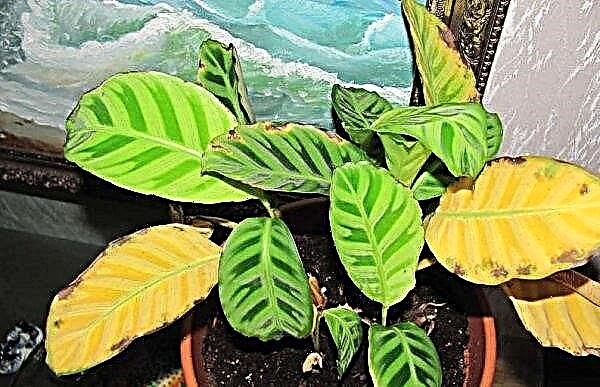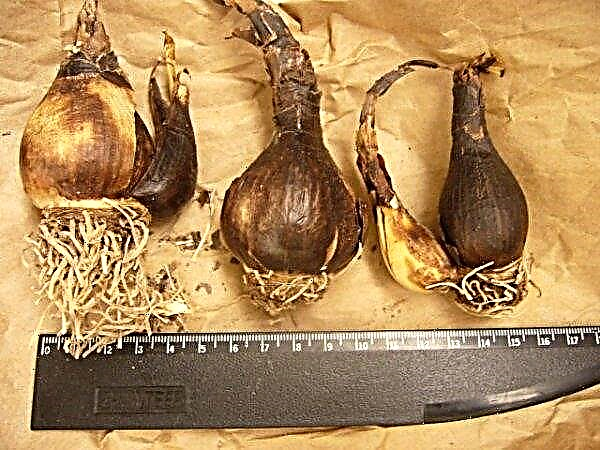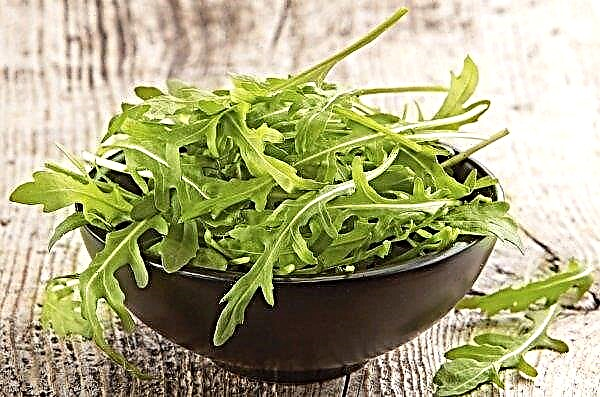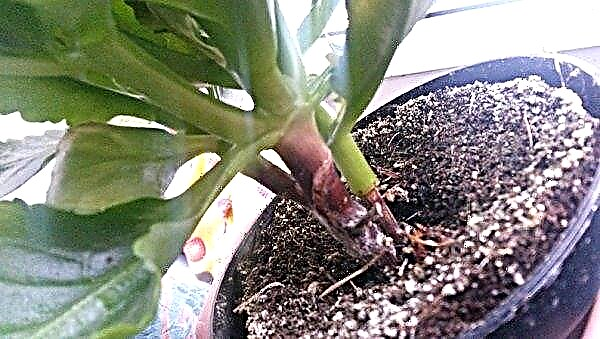The Pine family in Latin sounds like “Pinaceae”. These are evergreen trees, with a lifespan of about 200 years. The following genera belong to pine: spruce, cedar, pine, tsuga, fir, larch. In the article you can get acquainted with the features of this family in more detail.
Tree structure and structural features
Conifers have a smooth, scaly or furrowed bark. The lateral branches are well developed, the branches have a cylindrical shape, the distance between the internodes is not more than 1 cm. The root system has ectendotrophic mycorrhiza, woody or fibrous. Leaves are needle-shaped, scaly, less often lanceolate.Each pine species is characterized by cones of a certain shape and size.
Main characteristics:
- 250 species;
- life form: trees of the 1st magnitude, less often - dwarf trees;
- shoots elongated and shortened;
- the needles are only linear;
- monoecious trees, wind-pollinated;
Pinus is considered a very valuable coniferous species. It is one of the highest trees, can grow up to 40-meter height. The diameter of the barrel can be 1 meter. Conifers have a peeling bark structure with furrows, red-brown in color. To protect themselves from overheating and ground fire, they have a protective function: the top of the tree bark is much thinner than the bottom.
Did you know? With favorable factors, some pine species can live up to 500 years.
In a young tree, a crown forms in the form of a cone. Over the years, it becomes wider, and more round. And to old age it looks flat or umbrella-shaped. The needles have a good density, usually the needles are bundled, in a few pieces. Painted gray green. Reach 4-7 cm long.

Cones are located singly or in 2, maximum 3 pcs. In an immature state they have a saturated green color. Cones mature in the second year, they become brown in color, 3–6 cm in length. Pine trees grow quickly, intensively, from 1 to 100 years. Begin to bear fruit from the age of 15, if the planting is dense - from 40 years.
Did you know? Amber most often represents the petrified resin of pine trees, and not of any other trees.
Where does pine grow
The range of pines has spread from the Arctic to the equator. Scots pine is more common in Siberia and Europe. It always grows well in sandy and sandy loamy soil, forming pine forests, less commonly found on peat or clay soil. In Russia, there are 16 wild-growing and 73 planted species of this genus. Siberian pine stands cover almost 5.7 million km².
Also, this species of conifers can be found in Spain, Great Britain, China and Mongolia. The plant is unpretentious to soil and soil conditions, can grow in unsuitable environments for other species: in marshy and sandy areas. There are pine plantations both in pure form and with other types of trees.
Landing and care
The optimal time for planting conifers is mid-spring. If this is not possible, you can transplant in the first half of September. So a tree in a short period will have time to take root before winter frosts.
 Coniferous seedlings can be purchased in special nurseries. This is a proven way to get a healthy seedling with a well-crafted root system. Also, experts will advise on proper care after transplantation.
Coniferous seedlings can be purchased in special nurseries. This is a proven way to get a healthy seedling with a well-crafted root system. Also, experts will advise on proper care after transplantation.
Important! After removing young pine from the soil, the roots cannot be outdoors for more than 15 minutes. If this time is exceeded, the root system of the tree dies.
If you notice a young tree in the forest, it can also be transplanted.. The procedure must be carried out according to this scheme: after choosing a seedling about 70 cm high, you need to cut the turf with a shovel at a distance of 40 cm from the tree, from all sides. Next, get the tree very carefully, grabbing as much land with root as possible. The resulting lump must be immediately wrapped in a wet, dense cloth.
In the wild, pine trees are highly adaptable to different conditions. Consequently, any site except swampy is suitable for transplantation. Ideal for young animals is sandy or sandy loamy soil. If the soil is too clayey - it is necessary to organize drainage at the bottom of the pit, in the form of expanded clay and cleaved brick. Also, when planting, you need to use the excavated soil and sand, in equal shares.
The place for the seedling must be chosen with enough light so that most of the time the sun hits it. The pit for transplanting conifers should be no less than 80 × 80 cm, it must be prepared in advance. The next step is to pour 5 liters of water, and lower the lump with roots. Depth of landing should correspond to the former, in natural conditions. Pit a hole with a mixture of soil, and water again. At the end of the transplant, fill the area around the trunk with mulch. This will prevent weed growth and drying out of the soil.
Did you know? The Latin name for the pinus pine is derived from the Celtic pin, which translates as “rock”.
Caring for a young tree is not difficult. To help him and speed up the process of adaptation, it is necessary to maintain soil moisture for the first 3 years and remove weeds. When the pine takes root and grows, you need to water only in particularly dry periods, as much as you need. For trees aged 5 to 10 years, the average growth rate is 25-60 cm per year. After reaching the age of ten, they give a maximum increase of 1 m. After 30 years, growth in height slows down, the trunk begins to grow in width.
Healing properties of the tree
Pine can also be called a medicinal plant. Due to the availability of raw materials, it is often used in folk medicine. Everything except the roots has healing properties: resin, needles, buds.The composition of pine buds includes: resin, turpentine, tannins, starch, mineral salts and vitamin C.
- A decoction of them has a number of healing properties:
- Mucolytic.
- Diuretic.
- Disinfectant.
- Painkiller.
- Antimicrobial.

Turpentineum rubbed with neuralgia, gout, rheumatism. It is also recommended to inhale with a severe form of bronchitis. Cones tincture is used for heart pain. And the shoots of the first year are used as a hemostatic agent. A decoction of needles is used for baths with gout and rickets, as well as for the prevention of hypovitaminosis C.Pine - one of the oldest healing plants. Compresses with needles were made another 5 thousand years ago. And in Ancient Egypt, resin was added to embalming mixtures.
Important! In a pine forest, the air contains a large amount of ozone and is devoid of germs. Therefore, the tree is famous for its beneficial properties for humans.
Pine application
Thanks to valuable wood, pine is considered one of the most important timber products. From this type of tree, ships and wagons are built, dams and moorings are built. Resin pines handle ropes for ships and boats.Also, after cutting it is used in furniture. Plywood and veneer are made. Also, various containers and barrels are made of it.

Pine trees can be used to protect ravines and cliffs from sprinkling, thanks to the peculiar roots. Their underground part prevents soil erosion, and maintains a good level of humidity. After reading a general description of the pine family, it becomes clear that these trees are of great use. Both practical and aesthetic. The most beautiful pine trees are old. They become most attractive by the age of 100.


